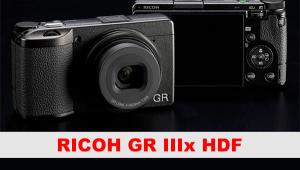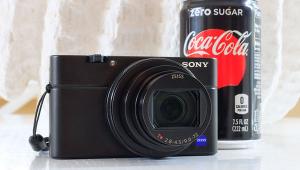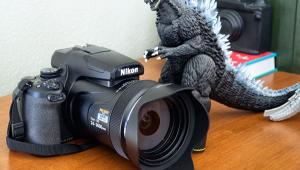The Sony Cyber-shot DSC-W200 12.1-Megapixel Pocket Camera; Taking A Fun Camera Seriously Page 2
 |
|
|
The Bottom Line--How Seriously Can You Take The Sony DSC--W200?
My first reaction when hearing about this 12.1-megapixel, pocket-sized, point-and-shoot
digital camera was--would it produce images that support making serious,
quality, prints? So, after exposure and downloading, I opened the files in Photoshop
CS3. I found that each shot required some adjustment, such as tightening up
the gamut optimization; adjusting the midpoint to set overall picture brightness;
using the Highlight/Shadow dialog to bring more detail out of the shadows and
pull down the highlights; increasing saturation and adjusting color balance;
and finally, adding Smart Sharpening to obtain a crisper definition of detail
in the images. This might seem excessive, but these are all of the editing adjustments
I regularly make with raw format files produced with my Canon 5D.
In fact, adjustments on shots made with the 5D and the Sony DSC-W200 for this
test were actually about the same, which was somewhat surprising. The only significant
difference in workflow was that before adjusting the Sony JPEG files I converted
them from sRGB to my work space profile, Adobe RGB, and made a Mode change,
increasing the bit depth from 8 bit to 16 bit. (Note: It has
been my experience that even though nothing is added with the 8 to 16 bit change,
the greater bit depth seems to lessen any further loss of detail by making adjustments
that might push some data out of an 8-bit gamut.)
 |
|
 |
|
|
When viewed on screen after adjustments, both the Sony JPEG and Canon raw
files were well matched in tonal range and color balance. The only disparities
were seen with the images zoomed in to 100 percent; this revealed a little less
detail in the Sony
DSC-W200 images, particularly in shadow definition and contrast, as well as
somewhat less subtle color variation, particularly in highlights and shadows.
This brought me to the conclusion that if the Sony Cyber-shot DSC-W200 supported
raw format as well as Adobe RGB color space it might just match the image quality
of my D-SLR!
Print Comparisons
The adjusted files were then printed with a Canon imagePROGRAF iPF5000 on 13x19"
PremierArt Watercolor paper. Because of the previously mentioned aspect ratio
differences, I printed a 12x16" image from the Sony and a 12x18"
image from the Canon 5D. Viewed side by side the images of the same subject
showed only slight differences and I think anyone would be hard-pressed to find
one better than the other. My conclusion? In simple terms, a photographer can
make serious-quality images with the Sony Cyber-shot DSC-W200, given that the
camera is used carefully and precisely.
 |
|
|
Of course, I would not want to be limited to using the Sony DSC-W200 in place of the Canon 5D D-SLR because a fixed lens point-and-shoot camera is much more limited in almost every way. The D-SLR has it over an integral lens camera in terms of the breadth of lenses, the use of external electronic flash of all kinds, the speed of response, etc., etc., etc. But, as a companion camera that can be carried around comfortably for ready-access photography, the Sony DSC-W200 is an ideal choice, better than any film miniature camera of the past. It provides greater versatility as well as the potential to produce serious image quality, all with the conveniences of digital capture. The cost of the Sony DSC-W200 is somewhat greater than similar point-and-shoot digital cameras with lesser resolution, but with a street price range of $325-$471, it is a reasonable amount relative to the potential quality it can produce.
For more information, contact Sony Electronics, 16530 Via Esprillo, Ste. MZ 7104, San Diego, CA 92127; (877) 865-7669; www.sonystyle.com.
- Log in or register to post comments

















































